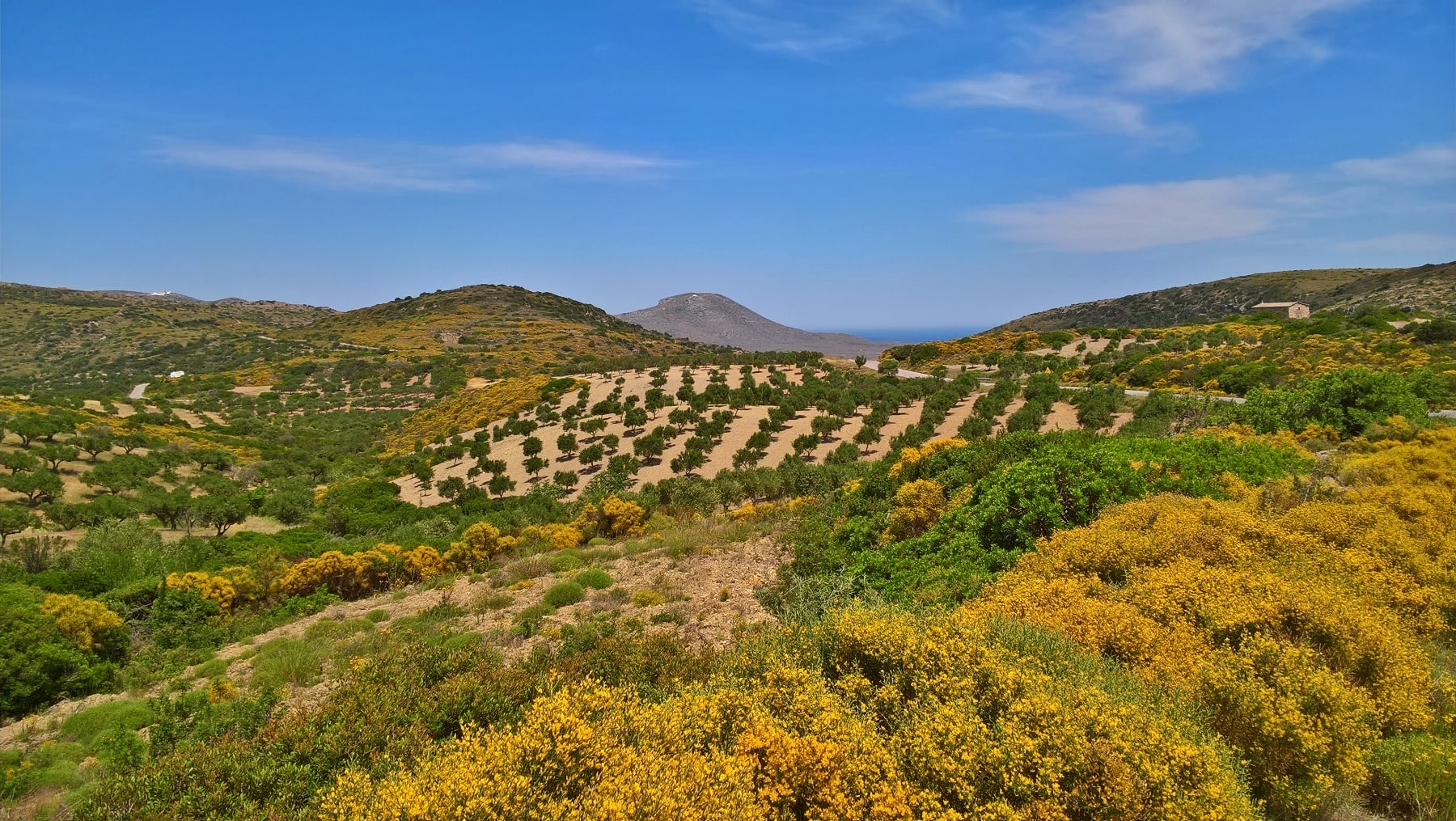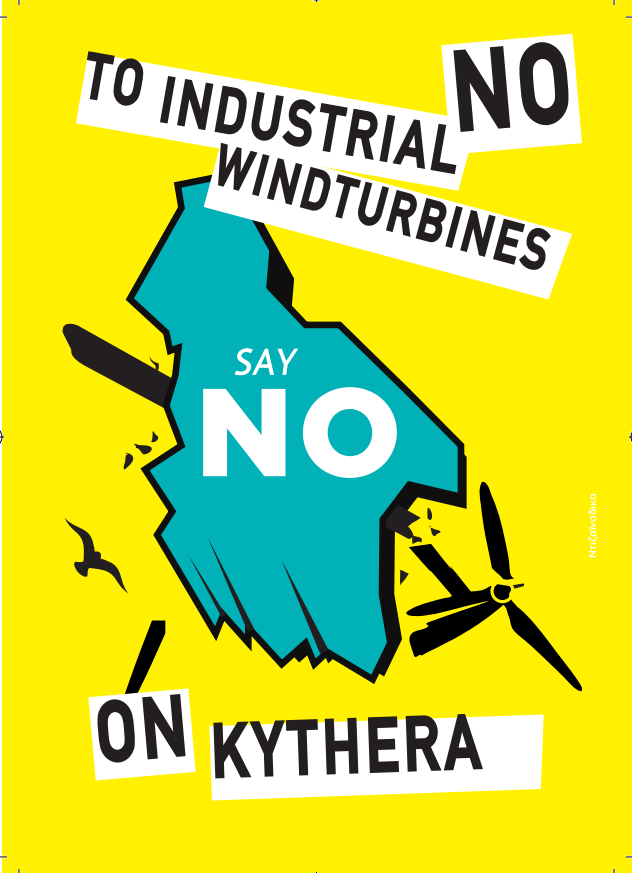Clarifications regarding the RES licensing process
Clarifications regarding the licensing of Renewable Energy Sources projects for electricity generation were given on 24-10-2021 by the Energy Regulatory Authority (RAE).
The RES projects are implemented, after the successful completion of a complex licensing process , which includes separate stages of evaluation and approval, involving different administrative authorities and bodies, whose competence is determined depending on the type and stage of development of each investment project. According to the institutional framework applicable to Renewable Energy Sources (RES), the procedure followed is:
Stage 1: Issuance of Producer Certificate or Production License by the competent service: the Energy Regulatory Authority (RAE). This certificate simply confirms that an interested body has confirmed the RAE geoinformation system its interest in a RES project, in a specific place, and has acquired the right to attempt to initiate licensing. It does not imply that the project will be licensed in the next stages or that it will be implemented,RAE does not address environmental issues related to the location of the project.
Stage 2: Issuance of a Decision for the Approval of Environmental Conditions (AEPO) by the competent service: the decentralized Administration or the Region to which the project belongs or the Ministry of Environment and Energy. This decision is the most critical stage for the licensing of a RES project. During the environmental licensing, all kinds of environmental effects of the project are thoroughly checked and in the end, the feasibility of the implementation of the planned project is considered. At this stage, the investor submits an Environmental Impact Study for the issuance of AEPO, It requires detailed studies that must comply with specifications set by environmental legislation and are accompanied by a number of other studies (technical, environmental, ecological, forestry, etc.), sufficient time, public consultation and actions in order to collect a significant number approvals from different services, like Archaeological Councils, and forest services.
Stage 3: Granting a Final Connection Offer by the competent service: IPTO / HEDNO. This is also an extremely critical stage for the licensing of RES projects as the electricity networks are in many areas saturated and there is no possibility of connecting new RES projects. The costs of connecting the station to the Network, which are borne by the investor, may act as a deterrent to the implementation of the project. Given the congestion of the network, usually significant investments are required to connect the station.
Stage 4: Issuance of Installation Permit by the competent service: the Decentralized Administration or the Region to which the project belongs to. In cases of very large projects it is issued by the Ministry of Environment and Energy.
Stage 5: Sale of electricity / Market participation. Depending on the support scheme , the signing of a contract for the sale of electricity with DAPEEP SA or HEDNO SA is required . In case the RES investment is not subject to a state aid scheme , then the sale of electricity is done by concluding bilateral Purchasing Power Agreements (PPAs) contracts with Electricity Suppliers.
Stage 6: Issuance of Operating License by the competent service: the decentralized Administration or the Region to which thye project belongs or the Ministry of Environment and Energy (RIS). It is issued by the same body thatb issued the installation permit, after the completion of the construction and connection of the station and after the satisfactory completion of its test operation.
See the whole article (in Greek):https://www.newsbomb.gr/oikonomia/story/1244091/dieykriniseis-sxetika-me-tin-adeiodotisi-ergon-ananeosimon-pigon-energeias



